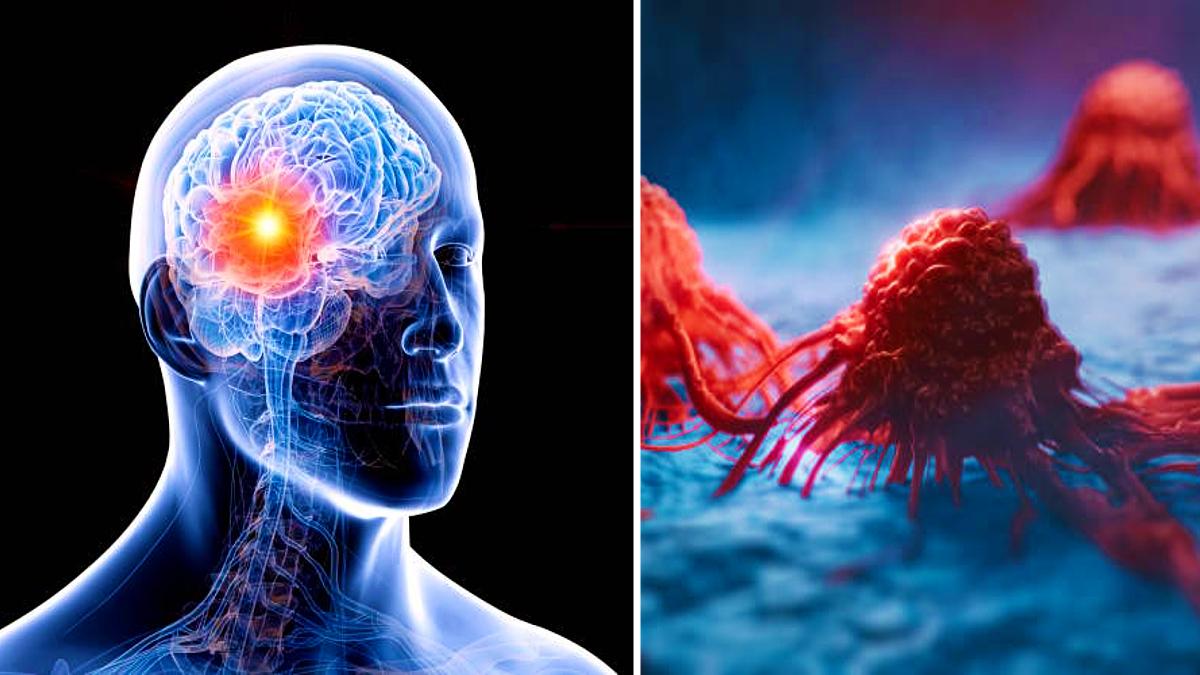On World Stroke Day 2023, we embark on a journey to explore the intricacies of strokes, a debilitating medical condition that affects millions of lives worldwide. Strokes are not just a single entity but a trio of distinct types, each with its own set of symptoms and causes. In this article, we will delve deep into this crucial topic, shedding light on the three types of strokes, their symptoms, and the underlying causes.
Understanding the Basics
Before we dive into the specifics, it’s essential to grasp the fundamentals of what a stroke is. A stroke occurs when the blood supply to a part of the brain is interrupted or reduced, leading to damage or death of brain cells. This can result in various impairments, including paralysis, speech difficulties, and memory problems, among others.
The Three Types of Strokes
- Ischemic Stroke:
- Ischemic strokes are the most common type, accounting for approximately 87% of all strokes.
- They occur when a blood clot or plaque buildup obstructs the blood flow to a specific part of the brain.
- Symptoms may include sudden numbness or weakness in the face, arm, or leg, especially on one side of the body, confusion, trouble speaking, and severe headaches.
- Common causes of ischemic strokes include atherosclerosis, atrial fibrillation, and high blood pressure.
- Hemorrhagic Stroke:
- Hemorrhagic strokes occur when a blood vessel in the brain ruptures or leaks, causing bleeding within the brain.
- Symptoms may include sudden severe headaches, nausea, vomiting, and loss of consciousness.
- Hypertension (high blood pressure) is a major risk factor for hemorrhagic strokes, along with aneurysms and arteriovenous malformations.
- Transient Ischemic Attack (TIA):
- Also known as a “mini-stroke,” a TIA is a temporary disruption of blood flow to the brain.
- Symptoms are similar to those of an ischemic stroke but typically last only a few minutes to a few hours.
- TIAs serve as warning signs, indicating an increased risk of a full-blown stroke.
Recognizing the Symptoms
Early recognition of stroke symptoms is crucial for seeking immediate medical attention, which can significantly improve the chances of a successful recovery. Remember the acronym FAST:
- F: Face drooping
- A: Arm weakness
- S: Speech difficulty
- T: Time to call emergency services
Understanding the Causes
The underlying causes of strokes vary depending on the type:
- Ischemic strokes are often linked to risk factors such as high blood pressure, smoking, diabetes, and high cholesterol.
- Hemorrhagic strokes are commonly associated with hypertension, as well as conditions like aneurysms or arteriovenous malformations.
- Transient Ischemic Attacks (TIAs) are typically caused by temporary blood clots.
Prevention and Treatment
Preventing strokes involves managing risk factors through lifestyle changes and, in some cases, medication. Lifestyle modifications include adopting a healthy diet, regular exercise, maintaining a healthy weight, quitting smoking, and limiting alcohol intake. For those with underlying medical conditions, such as hypertension or atrial fibrillation, proper medical management is essential.
In the event of a stroke, timely medical intervention is critical. Treatment options may include medications to dissolve clots (for ischemic strokes), surgery or endovascular procedures (for hemorrhagic strokes), and rehabilitation to regain lost functions.
As we commemorate World Stroke Day in 2023, it is essential to recognize that strokes are not a monolithic condition. Understanding the three distinct types of strokes, their symptoms, and causes can help raise awareness and promote early detection and prevention efforts. By sharing knowledge and supporting research and education initiatives, we can work together to reduce the impact of strokes on individuals and communities worldwide. Stay informed, stay vigilant, and together, let’s fight against this formidable health challenge.
